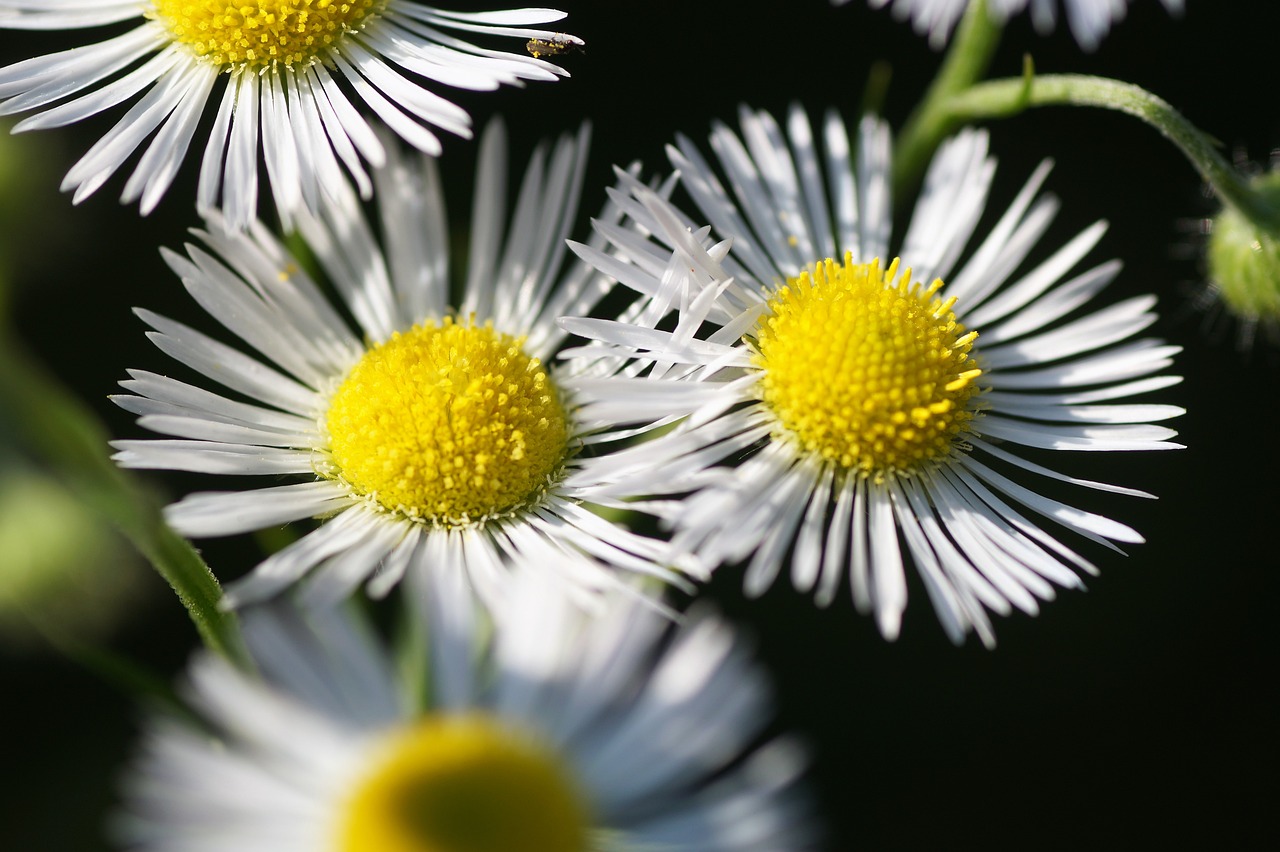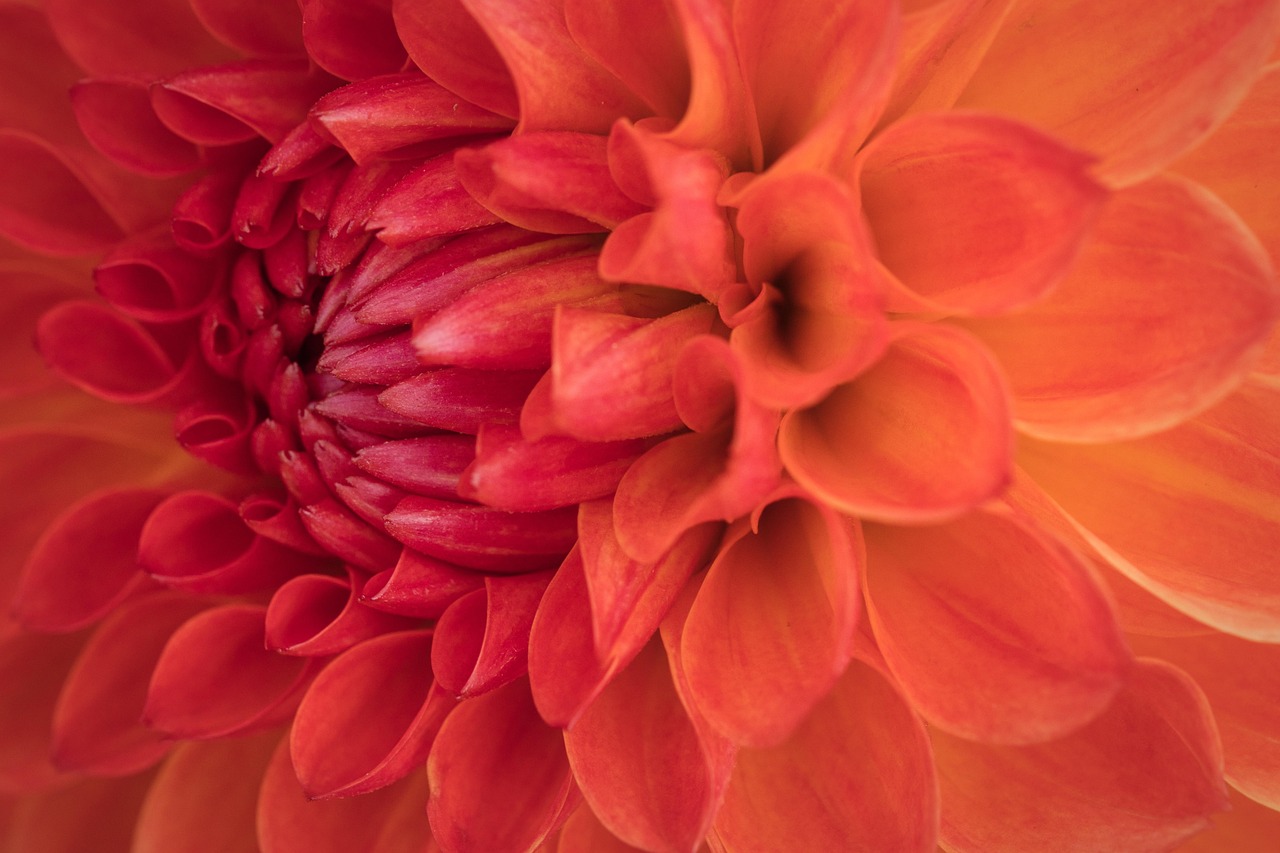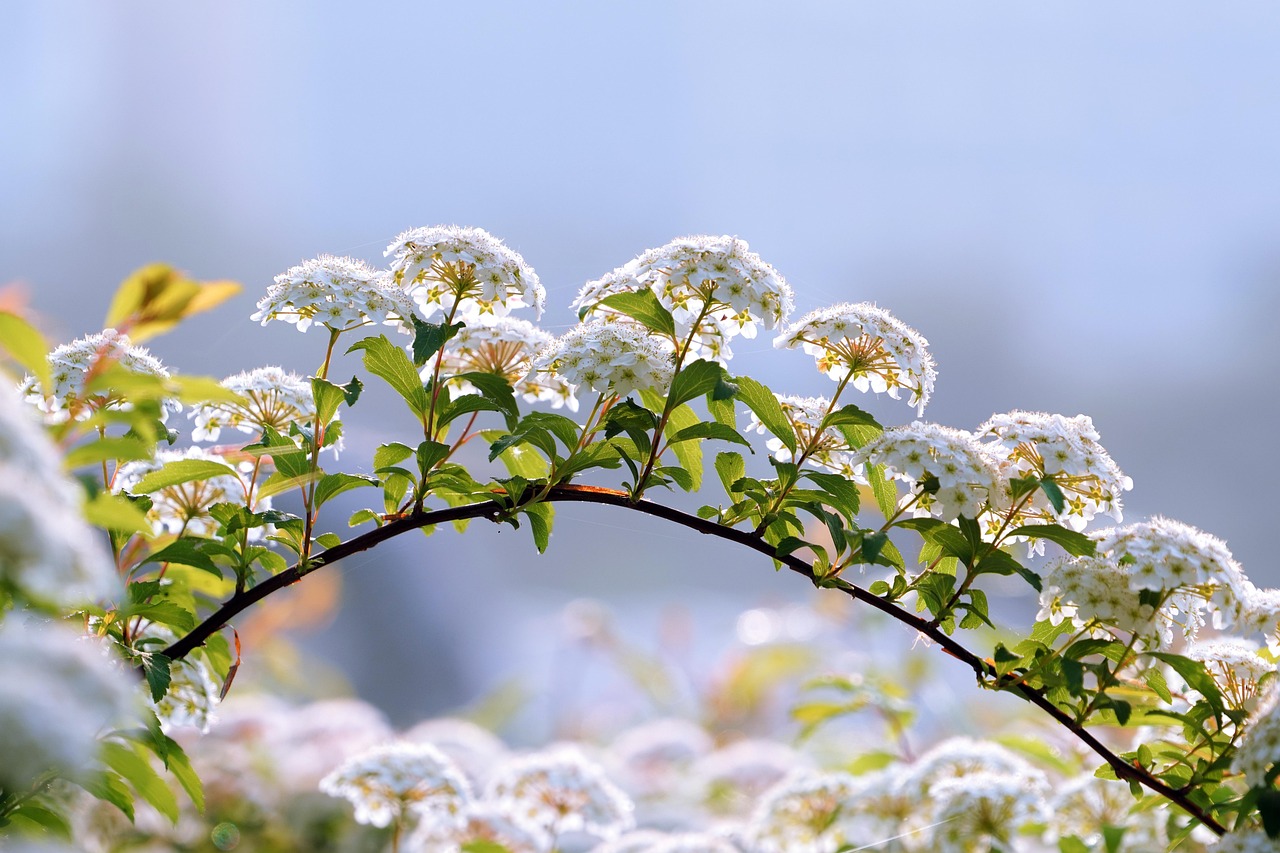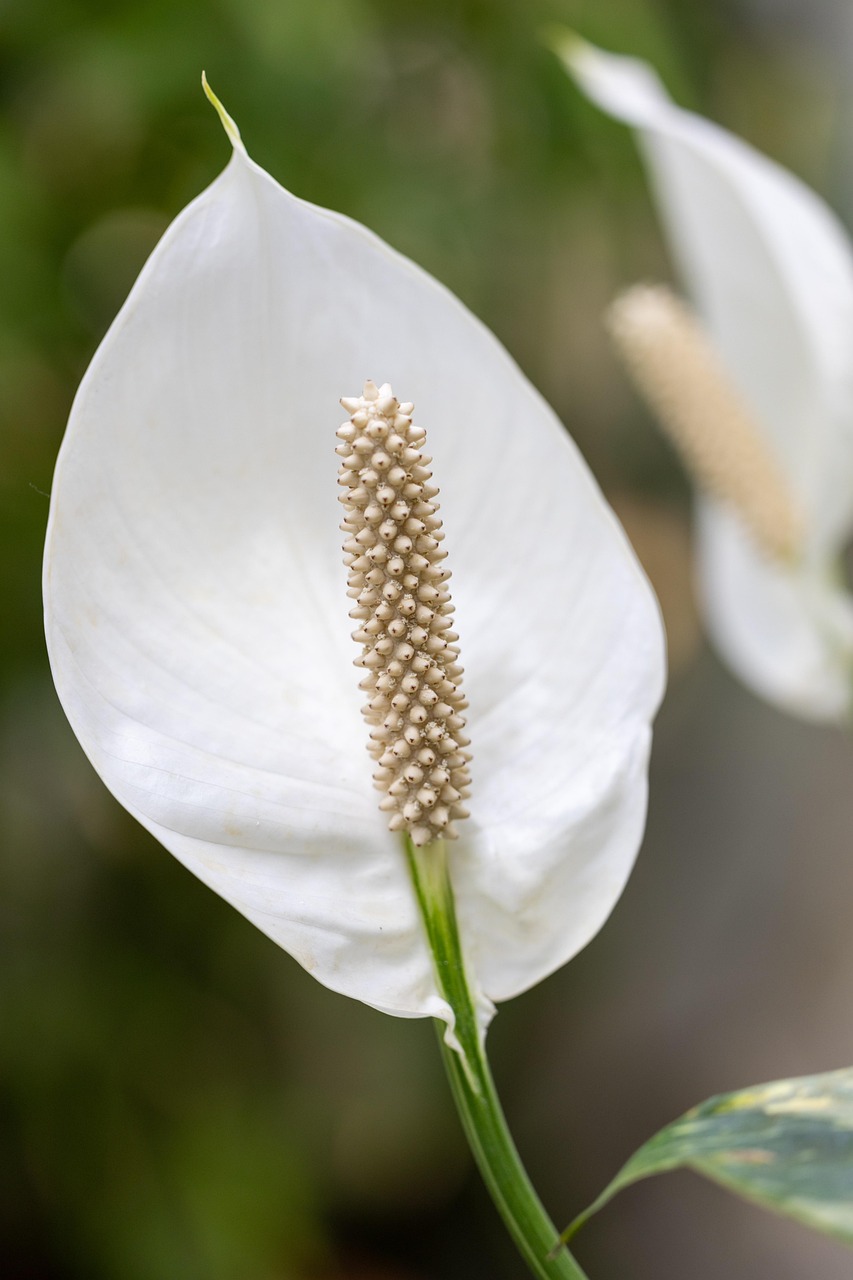Imagine stepping into your garden in the height of summer, greeted by a vibrant tapestry of colors and fragrant blooms. Annual flowers that bloom all summer long can transform any outdoor space into a breathtaking landscape. These resilient plants provide continuous color and beauty, making them a favorite among gardeners and flower enthusiasts alike.
Annual flowers are known for their ability to complete their life cycle within one growing season. Unlike perennials, which return year after year, annuals grow, flower, and die within a single year. This characteristic allows for flexibility in garden design. Gardeners can change their floral displays each season, experimenting with different colors and combinations.

The appeal of summer-blooming annuals lies not only in their colorful displays but also in their ability to thrive under the warm summer sun. Many of these flowers are drought-tolerant and can withstand the heat, making them ideal for regions with warmer climates. Additionally, they attract pollinators such as bees and butterflies, contributing to a healthy ecosystem.
| Flower Type | Bloom Time | Sun Requirement | Height |
|---|---|---|---|
| Petunia | All Summer | Full Sun | 6-12 inches |
| Zinnia | All Summer | Full Sun | 12-36 inches |
| Marigold | All Summer | Full Sun | 6-18 inches |
| Cosmos | All Summer | Full Sun | 18-48 inches |
| Impatiens | All Summer | Partial Shade | 12-24 inches |
Popular Annual Flowers for Summer Blooms
When selecting annual flowers for your garden, consider varieties that are well-suited to your climate and desired aesthetic. Below are some popular options that ensure a lively garden throughout the summer months.
Petunias
Petunias are a staple in many gardens due to their wide range of colors and patterns. They are known for their sprawling growth habit and can be used in borders, containers, or hanging baskets. Regular deadheading encourages more blooms throughout the season.
Zinnias
Zinnias are beloved for their bright, bold colors and ability to attract butterflies. Available in various heights and flower shapes, they are perfect for cutting gardens. Zinnias thrive in full sun and require minimal care, making them a great option for novice gardeners.
Marigolds
Marigolds not only add vibrant yellow and orange hues to gardens but also serve a functional purpose by repelling pests. They are easy to grow and can tolerate drought conditions. These flowers are excellent companions for vegetable gardens.
Cosmos
Cosmos flowers are known for their delicate petals and feathery foliage. They produce abundant blooms that sway gently in the breeze, adding a whimsical touch to any garden. Cosmos prefer poor soil and can thrive with little maintenance.
Impatiens
For those with shaded areas, impatiens are an excellent choice. Their lush green foliage and colorful blossoms brighten up darker spots in the garden. Impatiens thrive in moist, well-drained soil and require regular watering to flourish throughout the summer.
Choosing the right mix of annual flowers can create breathtaking displays that last all summer long. Whether you’re looking for bold colors or soft pastels, there is an annual flower variety to suit your gardening style.
Caring for Summer-Blooming Annuals
To enjoy a flourishing display of colorful blooms throughout the summer, proper care and maintenance of annual flowers is essential. Understanding their needs can lead to abundant growth and vibrant flowers. Here are some key aspects to consider:
Watering Requirements
Watering is crucial for the health of annual flowers. Young plants require consistent moisture, especially as they establish roots. However, overwatering can lead to root rot. Here are some tips for effective watering:
- Frequency: Water deeply but less frequently. This encourages deep root growth.
- Morning Watering: Early morning is the best time to water, reducing evaporation rates.
- Soil Check: Always check the soil moisture before watering. The top inch of soil should be dry.
Fertilization
Annual flowers benefit from regular fertilization to promote vigorous growth and continuous blooms. The right nutrients can make a significant difference in their performance. Consider the following:
- Type of Fertilizer: Use a balanced, slow-release fertilizer or a liquid fertilizer every few weeks.
- Application Time: Fertilize when you plant and then every four to six weeks during the growing season.
- Follow Instructions: Always follow the manufacturer’s guidelines for application rates.
Deadheading and Pruning
Deadheading, or removing spent flowers, is a vital task for maintaining the beauty of your annuals. This process encourages plants to produce new blooms rather than spending energy on seed production. Here are some steps to follow:
- How to Deadhead: Pinch or cut off faded flowers just above the first set of leaves.
- Timing: Deadhead regularly throughout the summer for best results.
- Pruning: For certain varieties, such as petunias, lightly pruning can promote bushier growth.
Pest Management

Like any garden plant, summer-blooming annuals can be susceptible to pests. Keeping an eye out for common pests can help ensure your flowers stay healthy and vibrant.
Common Pests
Here are some pests to watch out for:
- Aphids: Small, green insects that suck sap from plants, leading to yellowing leaves.
- Spider Mites: Tiny pests that can cause leaf discoloration and webbing.
- Whiteflies: Small, white insects that can weaken plants by feeding on sap.
Pest Control Methods
Managing pests effectively can protect your annual flowers. Here are some strategies:
- Natural Predators: Encourage beneficial insects such as ladybugs and lacewings.
- Neem Oil: A natural pesticide that is effective against many common pests.
- Insecticidal Soap: This can be used to treat infestations without harming beneficial insects.
Choosing the Right Location

The location of your annual flowers significantly impacts their growth and blooming capabilities. Selecting the right spot involves considering factors such as sunlight, soil quality, and spacing.
Sunlight Needs
Most summer-blooming annuals thrive in full sun; however, some can tolerate partial shade. Ensure that the chosen location aligns with the specific needs of your flowers:
- Full Sun: Flowers like petunias and zinnias need at least six hours of direct sunlight.
- Partial Shade: Flowers such as impatiens thrive in areas with morning sun and afternoon shade.
Soil Quality
A well-draining soil rich in organic matter is ideal for annual flowers. Consider amending your garden soil with compost to improve its structure and nutrient content.

The right care practices, pest management strategies, and environmental considerations will help you create a stunning garden filled with summer-blooming annuals. Enjoying a colorful landscape throughout the season is well within reach with proper planning and dedication.
Designing with Annual Flowers
Incorporating annual flowers into your garden design can elevate your outdoor space and create stunning visual displays. Understanding how to arrange these colorful blooms can greatly enhance the overall aesthetics of your garden. Here are some essential design principles to consider:
Color Schemes
Choosing the right color combinations can create a harmonious or vibrant atmosphere in your garden. Consider the following approaches when selecting flower colors:
- Monochromatic: Use different shades of a single color for a cohesive look.
- Analogous: Combine colors that are next to each other on the color wheel, such as blue, blue-green, and green.
- Complementary: Pair colors opposite each other on the color wheel, like orange and blue, for a striking contrast.
Height Variation
To add dimension to your garden, consider mixing different heights of flowers. This technique can create visual interest and depth. Here are some tips for achieving height variation:
- Tall Flowers: Place taller varieties like cosmos or sunflowers at the back of borders or in the center of circular beds.
- Medium Height: Use flowers like zinnias and marigolds in the middle layer for balance.
- Short Flowers: Front rows should feature low-growing varieties such as petunias and lobelia.
Planting Techniques
The way you plant annuals can also impact their visual appeal. Here are some popular planting techniques:
- Mass Planting: Planting a large number of the same flower variety together creates bold blocks of color.
- Mixed Borders: Combine several flower types in one bed for a diverse and lively appearance.
- Container Gardening: Use pots and containers to add color to patios or balconies. This provides flexibility in design.
Seasonal Flower Rotation
To maintain a vibrant garden throughout the summer, consider rotating your annual flowers. This technique involves planting different varieties at various times during the season to ensure continuous blooms. Here are some tips for effective rotation:
Early Summer Blooms
Start with early bloomers that kick off the season with color. Some great options include:
- Pansies: These are often among the first to bloom in spring and can last into early summer.
- Snapdragons: Available in many colors, they can thrive throughout early summer.
Main Summer Blooms
As early bloomers fade, introduce main summer contenders. Popular choices include:
- Zinnias: These vibrant flowers bloom from mid-summer until frost.
- Cosmos: They start blooming in early summer and continue until fall.
Late Summer to Fall Blooms
Finally, transition to late summer flowers that carry color into the fall season. Consider planting:
- Asters: These hardy flowers bloom late in the season and provide lasting beauty.
- Chrysanthemums: Often associated with autumn, they can add warmth to your garden.
Sustainable Practices
Incorporating sustainable gardening practices not only benefits the environment but also promotes healthier plants. Here are some sustainable practices to consider when growing annual flowers:
Water Conservation
Implementing water-saving techniques can help reduce water usage while keeping your flowers healthy. Consider the following methods:
- Drip Irrigation: This system delivers water directly to the roots, minimizing evaporation.
- Mulching: Adding a layer of mulch around plants helps retain soil moisture and suppress weeds.
Pest Management
Pest control can be managed sustainably by encouraging natural predators and using organic solutions. Consider these strategies:
- Crop Rotation: Changing flower locations each year can prevent pest buildup.
- Companion Planting: Pairing certain flowers can deter pests naturally, such as planting marigolds with vegetables.
With thoughtful design, seasonal rotation, and sustainable practices, your garden filled with annual flowers can be both breathtaking and environmentally friendly. Embrace these strategies to maximize color and beauty throughout the summer months.
Season-Long Color Power: The Benefits of Annual Flowers
Annual flowers not only enhance the visual appeal of gardens but also provide numerous benefits that extend beyond aesthetics. Understanding these advantages can inspire gardeners to embrace these vibrant plants wholeheartedly.
Continuous Blooms
One of the most significant benefits of annual flowers is their ability to produce continuous blooms throughout the summer. Unlike perennials, which often have a limited blooming period, annuals provide a consistent display of color from spring until the first frost. This longevity is perfect for creating a lively and inviting atmosphere in any outdoor space.
Versatility in Design
Annual flowers come in various shapes, sizes, and colors, making them incredibly versatile for garden design. They can be used in:
- Borders: Perfect for outlining garden beds or paths.
- Containers: Ideal for patios and balconies for easy color access.
- Mixed Plantings: Combine with perennials and shrubs for diverse textures and colors.
Attracting Pollinators
Annual flowers play a crucial role in supporting local ecosystems by attracting pollinators such as bees, butterflies, and hummingbirds. These beneficial creatures are essential for the pollination of many plants, contributing to overall biodiversity. By planting a variety of annual flowers, gardeners can create pollinator-friendly habitats that support these vital species.
Quick Growth and Instant Impact
Annuals are known for their rapid growth, meaning that gardeners can achieve instant impact in their landscapes. Whether planting from seeds or young plants, annual flowers quickly fill empty spaces with vibrant color. This quick establishment allows for immediate gratification, especially for those looking to enhance their garden in a short time frame.
Final Thoughts
Incorporating annual flowers into your garden design provides an opportunity for creativity while ensuring a stunning display of color throughout the summer. From petunias to zinnias, the selection is vast, allowing for unique combinations and arrangements. By understanding the care requirements, pest management strategies, and design principles discussed, you can cultivate a thriving garden that not only looks beautiful but also supports local wildlife.
Remember that gardening is a journey of discovery. Each season offers new challenges and delights. Experimenting with different flower varieties, colors, and arrangements can lead to new insights and experiences in your gardening practice. Embrace the joy of cultivating these summer-blooming annuals to create a colorful oasis that reflects your personal style.
As you plan your next gardening project, keep in mind the benefits and beauty of annual flowers. Their continuous blooms, versatility, and ecological importance make them a valuable addition to any landscape. With dedication and care, you can enjoy a vibrant garden filled with season-long color power, enhancing not just your outdoor space but also your overall gardening experience.
